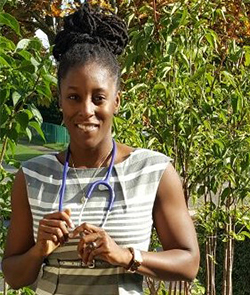Tick, Tack, Toe: Lyme Disease Part One
June and July are the top months for contraction of Lyme disease; however, the month of August still presents a threat of this disease.
Tick: Not all ticks transmit Lyme disease. In our area, deer tick is the vector for this disease, and it is only the size of a pinhead. The deer tick lives on deer and mice, and favors wood piles and high grass, so be sure to keep your pathways mown. Larger ticks that are easily seen are not a risk. Should you get bit, remove the tick with the head intact. The sooner the tick is removed, the less likely the risk of transmission of Lyme disease. Be sure to remove the tick whole. Ticks can be removed by tweezers, but if the tick is feeding, a special tick remover may be helpful. These can be purchased at camping stores. Save the tick in a jar and take it with you to your physician.









